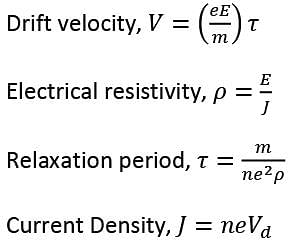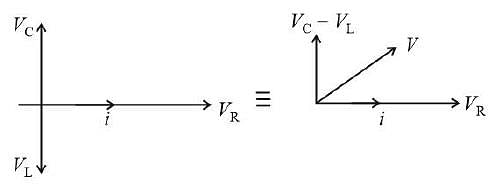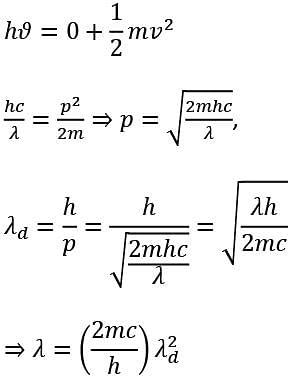Test: NEET 2021 Past Year Paper - NEET MCQ
30 Questions MCQ Test NEET Past Year Papers - Test: NEET 2021 Past Year Paper
An infinitely long straight conductor carries a current of 5A as shown. An electron is moving with a speed of 105 m/s parallel to the conductor. The perpendicular distance between the electron and the conductor is 20cm at an instant. Calculate the magnitude of the force experienced by the electron at that instant.


A body is executing simple harmonic motion with frequency 'n', the frequency of its potential energy is:
| 1 Crore+ students have signed up on EduRev. Have you? Download the App |
A radioactive nucleus  undergoes spontaneous decay in the sequence
undergoes spontaneous decay in the sequence where Z is the atomic number of element X. The possible decay particles in the sequence are:
where Z is the atomic number of element X. The possible decay particles in the sequence are:
 undergoes spontaneous decay in the sequence
undergoes spontaneous decay in the sequence where Z is the atomic number of element X. The possible decay particles in the sequence are:
where Z is the atomic number of element X. The possible decay particles in the sequence are:The escape velocity from the Earth's surface is v. The escape velocity from the surface of another planet having a radius, four times that of Earth and same mass density is :
The half-life of a radioactive nuclide is 100 hours. The fraction of original activity that will remain after 150 hours would be:
A convex lens 'A' of focal length 20cm and a concave lens 'B' of focal length 5cm are kept along the same axis with a distance 'd' between them. If a parallel beam of light falling on 'A' leaves 'B' as a parallel beam, then the distance 'd' in cm will be :
A capacitor of capacitance 'C', is connected across an ac source of voltage V, given by V = V0 sin ωt The displacement current between the plates of the capacitor, would then be given by:
A small block slides down on a smooth inclined plane, starting from rest at time t = 0 Let Sn be the distance travelled by the block in the interval t = n − 1 to t = n Then, the ratio  is:
is:
A particle is released from height S from the surface of the Earth. At a certain height its kinetic energy is three times its potential energy. The height from the surface of earth and the speed of the particle at that instant are respectively:
In a potentiometer circuit a cell of EMF 1.5 V gives balance point at 36cm length of wire. If another cell of EMF 2.5V replaces the first cell, then at what length of the wire, the balance point occurs?
For a plane electromagnetic wave propagating in x −direction, which one of the following combination gives the correct possible directions for electric field (E) and magnetic field (B) respectively?
The velocity of a small ball of mass M and density d, when dropped in a container filled with glycerine becomes constant after some time. If the density of glycerine is d/2, then the viscous force acting on the ball will be :
Match Column - I and Column - II and choose the correct match from the given choices.

Water falls from a height of 60m at the rate of 15kg/s to operate a turbine. The losses due to frictional force are 10 \% of the input energy. How much power is generated by the turbine? (g = 10m/s2)
A lens of large focal length and large aperture is best suited as an objective of an astronomical telescope since :
The electron concentration in an: n-type semiconductor is the same as hole concentration in a p-type semiconductor. An external field (electric) is applied across each of them. Compare the currents in them.
A nucleus with mass number 240 breaks into two fragments each of mass number 120, the binding energy per nucleon of unfragmented nuclei is 7.6MeV while that of fragments is 8.5MeV. The total gain in the Binding Energy in the process is:
A thick current carrying cable of radius 'R' carries current 'I' uniformly distributed across its cross-section. The variation of magneticfield B(r) due to the cable with the distance 'r' from the ax is of the cable is represented by:
Two charged spherical conductors of radius R1 and R2 are connected by a wire. Then the ratio of surface charge densities of the spheres (σ1/σ2) is :
If E and G respectively denote energy and gravitational constant, then E/G has the dimensions of:
A spring is stretched by 5cm by a force 10N. The time period of the oscillations when a mass of 2kg is suspended by it is:
Column - I gives certain physical terms associated with flow of current through a metallic conductor. Column - II gives some mathematical relations involving electrical quantities. Match Column - I and Column - II with appropriate relations.

A dipole is placed in an electric field as shown. In which direction will it move?

Consider the following statements (A) and (B) and identify the correct answer.
(A) A zener diode is connected in reverse bias, when used as a voltage regulator.
(B) The potential barrier of p − n junction lies between 0.1V to 0.3V
A screw gauge gives the following readings when used to measure the diameter of a wire
Main scale reading : 0mm
Circular scale reading : 52 divisions
Given that 1mm on main scale corresponds to 100 divisions on the circular scale. The diameter of the wire from the above data is:
An inductor of inductance L, a capacitor of capacitance C and a resistor of resistance ' R ' are connected in series to an ac source of potential difference ' V ' volts as shown in figure. Potential difference across L,C and R is 40V, 10V and 40V, respectively. The amplitude of current flowing through LCR series circuit is 10√2A. The impedance of the circuit is:

A parallel plate capacitor has a uniform electric field ' in the space between the plates. If the distance between the plates is 'd' and the area of each plate is 'A', the energy stored in the capacitor is : ∈0 = permittivity of free space)
in the space between the plates. If the distance between the plates is 'd' and the area of each plate is 'A', the energy stored in the capacitor is : ∈0 = permittivity of free space)
An electromagnetic wave of wavelength 'λ' is incident on a photosensitive surface of negligible work function. If ' m ' mass is of photoelectron emitted from the surface has de-Broglie wavelength λd, then :
Find the value of the angle of emergence from the prism. Refractive index of the glass is √3.

|
5 docs|13 tests
|
















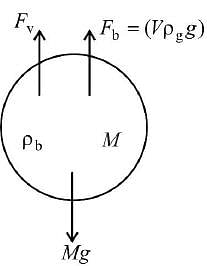






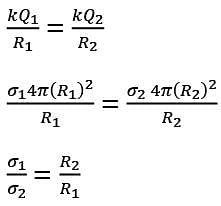



 = 0.2 π = 0.628 s
= 0.2 π = 0.628 s